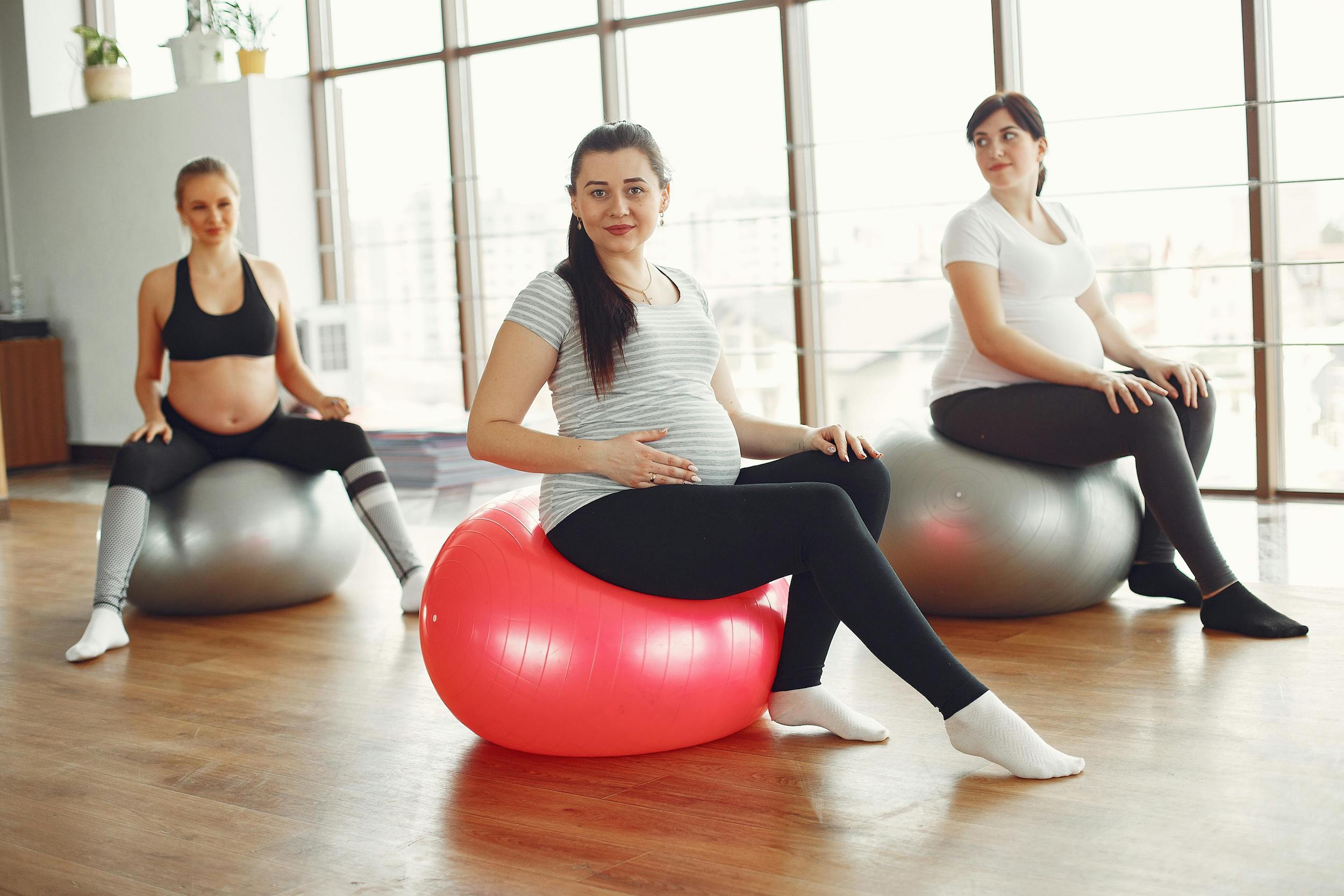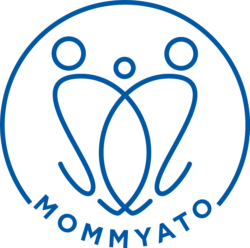
08 Apr What Type of Childbirth is Right for You?
Have you ever thought of what kind of childbirth you’d like to have? In one study about childbirth choices, almost half of women say they know what kind of childbirth they want before pregnancy.²
Often, childbirth choices are influenced by friends and family, social conditioning, and exposure to birth information online, on TV or in movies. These choices include preferred birth place, types of childbirth providers, pain control methods, as well as medical interventions commonly used in birth practices.
Perhaps you’ve imagined the type of childbirth you’d like to have too?
In general, there are four types of childbirth, each with their own risks and benefits. These are: spontaneous childbirth, assisted vaginal birth, cesarean section (c-section), and vaginal birth after cesarean (VBAC).
Spontaneous Vaginal Birth
A spontaneous vaginal birth is, very simply, giving birth to your baby through the vagina without the medical provider using tools to guide him out. This means going through the three stages of labor (dilation of cervix, pushing and birth of baby, and delivery of the placenta) without the use of tools like a vacuum or forceps.
A spontaneous vaginal birth can happen at home, a birth center, or in the hospital. The birth can be attended by a doctor, certified nurse midwife, or a direct entry midwife, depending on the birth setting you choose. Spontaneous vaginal births can be medicated or unmedicated. They can involve many different variations of pain control, such as movement, massage, baths (and water birth), showers, spinal block (epidural) and IV pain medication.
Some women prepare for vaginal childbirth by becoming educated in models of care that emphasize the physical and emotional support of the laboring mother. These models often include breath training and relaxation techniques too. The Bradley Method, Lamaze, Hypnobirthing, and doula support are examples of these.
Assisted Vaginal Delivery
Assisted vaginal delivery happens when a birth is stalled in the second stage (pushing and delivery). Sometimes this happens due to the baby’s size, position, mother’s anatomy or fatigue level. Providers will use a vacuum or forceps to help the baby maneuver the birth canal. The baby is low in the pelvis at this point. A skilled provider doesn’t pull the baby out but helps to guide the baby while the mother still pushes.
Spontaneous and assisted vaginal deliveries carry less risk than cesarean sections for both mother and baby. In general, there is less risk of infection, less blood loss, a shorter hospital stay, and less breathing difficulties for the baby after birth. But, vaginal births mean you could have vaginal tearing, pain or swelling after the birth. Some women also experience stress incontinence (leaking urine when coughing, laughing, sneezing) after a vaginal birth because as the baby moves down the birth canal the pelvic floor muscles stretch. You can avoid (or repair) this by maintaining a strong core and pelvic floor tone throughout pregnancy and postpartum.
Cesarean Section (C-Section)
A cesarean section (c-section) is the surgical removal of the baby through a cut made in the mother’s uterus. A c-section can be unplanned or planned. About 32% of births in the U.S. are c-sections.² Planned c-sections are typically for a medical reason such as the baby’s health, size and position in the womb, or a known medical condition of the mother where a vaginal delivery would be a risk to her. Since a cesarean section is major abdominal surgery, the risks are higher to mother and baby. There is a risk of blood loss and infection of the surgical incision. Physical recovery is longer with a c-section. C-section babies are twice as likely to have breathing problems after birth since they don’t experience the pressure from a vaginal birth to expel the fluid in their lungs. These babies can also be a little sleepy and slower to breastfeed because of the effects of anesthesia.
Vaginal Birth After Cesarean (VBAC)
Often, mothers who’ve had a prior c-section will elect for a c-section in subsequent births. However, some mothers are choosing vaginal birth after a c-section (VBAC). You’ll want to discuss this possibility with your provider. Typically, a period of 18 months between a c-section and a VBAC is recommended due to the small risk (less than 1%) of the rupture of a c-section scar during the labor of a vaginal birth. Even still, a VBAC carries less risk than a c-section because there is less risk of blood loss, infection, and a shorter recovery period.¹
There are so many choices to consider when envisioning your ideal childbirth experience! If you’re overwhelmed or searching for new information different from the way the women in your family historically gave birth, there are plenty of resources out there. You can attend a birth and take childbirth education classes. Or, explore different childbirth philosophies through books, media and other women’s birth stories.
Choosing a childbirth method that resonates with you is the key to an empowering experience. No matter what “type” of childbirth you choose, feeling safe and supported during labor and delivery will impact how you feel about your overall experience. It will impact how you remember the birth of your baby for the rest of your life. At best, you’ll want the birth of your baby to be a warm and positive memory, so above all, make the choices that are right for you!
REFERENCES:
- American College of Obstetricians and Gynecologists (ACOG). August 2022. Vaginal birth after cesarean delivery (VBAC). https://www.acog.org/womens-health/faqs/vaginal-birth-after-cesarean-delivery#:~:text=What%20are%20the%20risks%20of,both%20you%20and%20your%20fetus.
- National Library of Medicine (NIH). 2013. Choice? Factors that influence women’s decision making for childbirth. https://www.ncbi.nlm.nih.gov/pmc/articles/PMC4010239/
- Photo by Gustavo Fring: content Young Pregnant Women During Fitness Workout In Modern Studio. https://www.pexels.com/photo/content-young-pregnant-women-during-fitness-workout-in-modern-studio-3984376/



